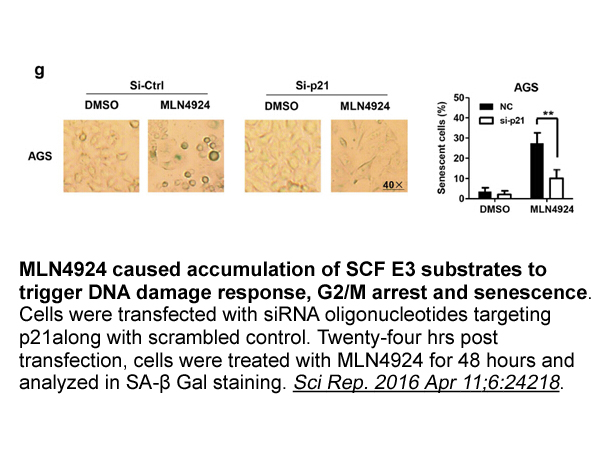Archives
The electrokinetic remediation technique is carried out
The electrokinetic remediation technique is carried out with a low-level direct current, and the pollutants in soil can be transported and removed by the electric field [19]. This works well even in soil with low permeability via electro-osmotic flow and electro-migration [20]. The electrokinetic process has shown potential for removing both heavy metals [18,21] and organic pollutants [20,22–25] from soil. And detailed parameters including the electrode material [22], electrolyte composition [20], polarity and voltage gradient of the electric field [24,26,27], and combination with biological treatment [28,29] are under investigation. It  has already been frequently studied as an effective control measure for heavy metals, petroleum oils and polycyclic-aromatic hydrocarbons [30–32]. Considering that the pollution of lcz696 receptor has already become ubiquitous, even they were not treated as the major objects in the electrokinetic treatment, the effects of the processes on the behavior of persistent ARB and ARGs need to be clarified. In previous research, the authors have reported the effect of electrokinetic treatment on the evolution of microbial communities [33].
has already been frequently studied as an effective control measure for heavy metals, petroleum oils and polycyclic-aromatic hydrocarbons [30–32]. Considering that the pollution of lcz696 receptor has already become ubiquitous, even they were not treated as the major objects in the electrokinetic treatment, the effects of the processes on the behavior of persistent ARB and ARGs need to be clarified. In previous research, the authors have reported the effect of electrokinetic treatment on the evolution of microbial communities [33].
Experimental
Results and discussion
Conclusions
TC-related ARGs were reduced efficiently by the EKA treatment, with an average reduction ratio of 55.5% for tetC, 12.4% for tetG, 47.1% for tetW, and 61.2% for tetM. This highlights the efficacy of electrokinetic processes in removing the antibiotics, and more importantly, reducing the persistent ARB and ARGs that appear concomitantly.
Positive correlations were found between the five ARGs and ARB studied here, with the exception of that between the intI1 gene and anti-MIX bacteria. The ribosomal protection group of tet genes (tetM and tetW), showed significant correlations with the residual antibiotic concentration compared with the efflux tetC and tetG genes in the electrokinetic remediation process. To establish a clear link between the concentration of antibiotics and corresponding ARB and ARGs, further experiments covering more kinds of antibiotics and ARGs are need ed.
ed.
Acknowledgments
This research was funded by the National Natural Science Foundation of China (Grant Number 51308537) and the National Water Pollution Control and Treatment Science and Technology Major Project in China (Contract 2015ZX07402003). Dr. IC Bruce is greatly acknowledged for reading the manuscript. Three reviewers provided helpful comments that strengthened the paper.
Antibiotics in Modern Medicine
Despite the revolutionary effect that antibiotics have had on modern medicine, there are several problems that limit their use, primarily adverse effects and lack of efficacy due to resistance. Drug-resistant bacteria were observed even before human use of the first antibiotic, and the clinical use of every new antibiotic has been invariably followed by the rise of associated resistant bacteria. In recent decades, this has elevated into an urgent threat, with bacteria found in many parts of the world that are resistant to nearly all, or indeed all, currently available antibiotics. MDR (see Glossary) bacteria, such as extended spectrum β-lactamase (ESBL)-producing Enterobacteriaceae, now pose a serious threat to human health. These problems are exacerbated by the lack of new antibiotics in the clinical pipeline [1], and we are now verging on entry into a post-antibiotic era if no action is taken.
To continue to combat bacterial infections and maintain the current standard of care available to the general population, we must find new strategies to arrest the rise of antibiotic resistance. Ideally, we should also attempt to reduce the adverse effects of current and emerging antibiotics. To accomplish this, we must improve our fundamental understanding of how antibiotics work and interact with both bacteria and the human body. One increasingly prevalent strategy used to accomplish these goals has been the use of fluorescent antibiotics, which enable the drug and its interactions with bacterial targets to be tracked within organelles, whole cells, and entire animals (Figure 1, Key Figure). Whole-body imaging has the potential for the rapid diagnosis of bacterial infections, leading to more-timely and effective therapy. At the molecular level, we can use fluorescent antibiotics to examine the development of resistance in bacteria, create new screening approaches to discover novel antibiotics, and design new antibiotics. Lastly, we can investigate antibiotic activity in human cells leading to off-target mechanisms that cause adverse effects, such as nephrotoxicity or ototoxicity.